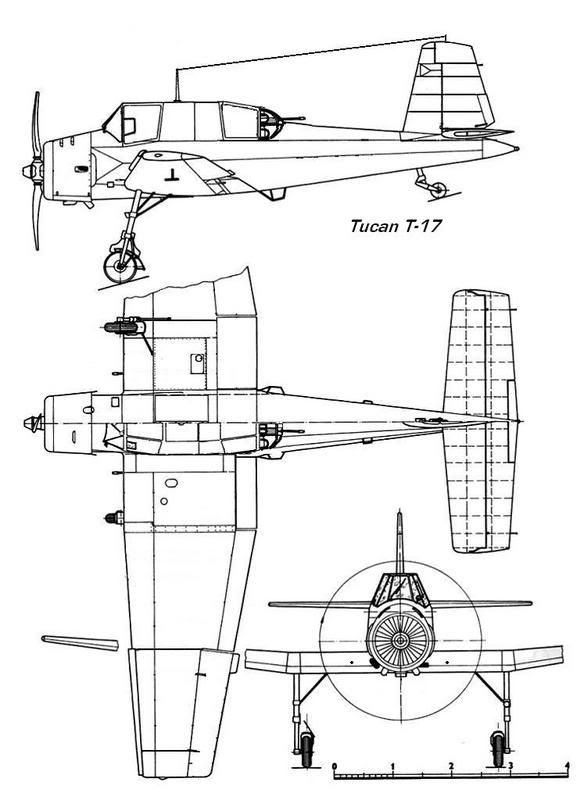You are not logged in.
Dear visitor, welcome to WesWorld. If this is your first visit here, please read the Help. It explains in detail how this page works. To use all features of this page, you should consider registering. Please use the registration form, to register here or read more information about the registration process. If you are already registered, please login here.



Quoted
Originally posted by Hrolf Hakonson
The Karas is an interesting aircraft, though the export version (the P.43 version, built for Bulgaria) is better and the P.37 Los is quite a bit better still. If Poland is looking to fill gaps while the production of the P.23 gets under way, Germany really can't help, unless Poland wants to lease or buy some He-45s to train pilots and observers on, by the time Poland could take delivery of any new built aircraft the Karas will be ready. within a few months.
This post has been edited 1 times, last edit by "perdedor99" (Jun 16th 2007, 2:36pm)
Quoted
Originally posted by Hrolf Hakonson
Hmmmm. An inexpensive fill-in might be to lease or buy some light bombers then. Henschel could probably boost production on the Hs-123 enough to get planes in Poland's hands SOON (starting in November or so), without putting itself behind its commitments to the Luftwaffe.
This post has been edited 1 times, last edit by "perdedor99" (Jun 16th 2007, 3:33pm)
Quoted
Originally posted by perdedor99
Quoted
Originally posted by Hrolf Hakonson
Hmmmm. An inexpensive fill-in might be to lease or buy some light bombers then. Henschel could probably boost production on the Hs-123 enough to get planes in Poland's hands SOON (starting in November or so), without putting itself behind its commitments to the Luftwaffe.
Starting delivery in November 34? An order of 48 will be more than fine if all aircrafts could be completed by the middle of the next year.
Quoted
Originally posted by Kaiser Kirk
While a little belated, a lighter bomber than most of these would be Fokker-America aka Atlantic Aircraft 's FA-10, available in 1935. Designed with lower altitude ground support in mind, it's a hypothetical follow-on to XA-7. Designed as long range light dive bomber with moderate speed. Range is 1400km, and 4.8hr flight time. 10mm armor disk, 2x 7.92mm fore, 2x7.92mm dorsal turret, 1000kg bomb load for radius.
Atlantic XA10
General Type:
Airplane = 1
Airship = 2
Orbiter = 3
1
Year of First Flight: 1935
Description
Carrier or Rough Field
Monoplane
Conventional Fuselage
(desc moved up)
Characteristics:
Weight (maximum) 9,450 lbs
Weight (empty) 5,724 lbs
Length 33 ft
Wingspan 49 ft
Wing Area 380 sq ft
Sweep 3 degrees
Engines 1
Pratt & Whitney 1830-S1B3G
Piston
1,050 hp
at 5,000 ft
Crew 2
Typical cost $0.026 million in 1934
Total number procured 160
Performance:
Top Speed 226 kts = 260 mph
at 5,000 ft
Mach N/A
Operational Ceiling 23,000 ft
Range 756 nm = 871 miles
with 2,159 lbs payload
2,292 lbs released at halfway point
Climb 1,331 fpm
Cruise 155 kts = 178 mph
at 11,000 ft
Corner Speed 200 KIAS =
214 kts at 5,000 ft
Mach N/A
Turning Rate 28.3 deg/sec
Radius 1,463 ft
Internal Data:
Intake / Fan Diameter 12 ft
Bypass Ratio 129.3
Engine Weight 1162 lbs
Overall Efficiency 22 percent
Structural Factor 1.00
Number of Wings 1
Number of Fuselages 1
Limiting Airspeed 265 kts
Wing Ultimate g Load 9.00 g
Wing Taper 0.2
Wing Thickness at Root 1.9 ft
Tail / Canard Factor 0.4
Number of Nacelles 0
Length 16.5 ft
Diameter 3.75 ft
Fullness 0.3
Fuselage Diameter 4.4 ft
Fuselage Fullness 0.3
Pressurized Volume 0 percent
Cargo Decks 0
Cleanness 79 percent
Unstreamlined section 2.6 sq ft
User equipment 950 lbs
Forum Software: Burning Board® Lite 2.1.2 pl 1, developed by WoltLab® GmbH
